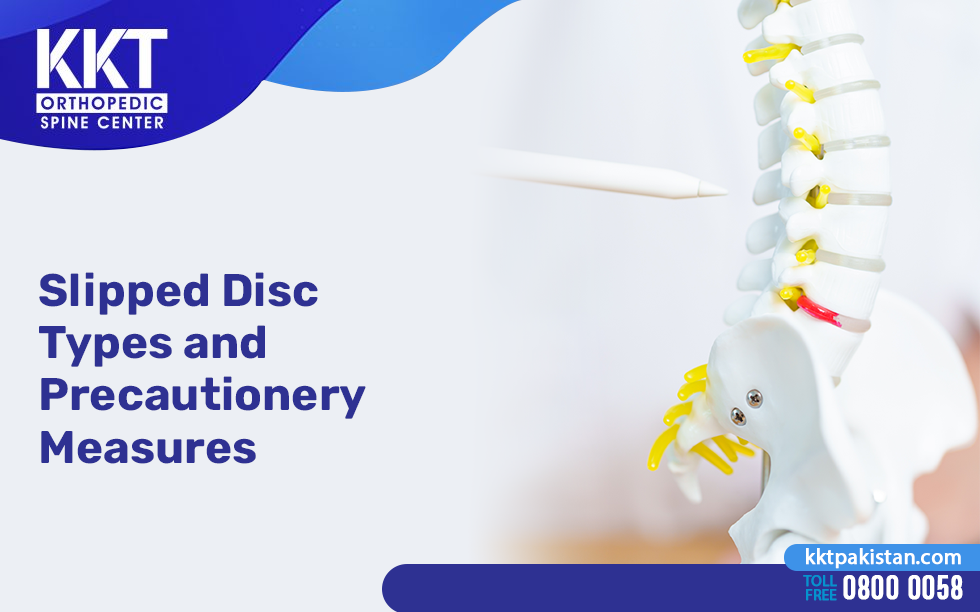There are three types of disc herniation: disc protrusion, extrusion, and sequestration. All three began with disc degeneration. Each type has its causes and symptoms, which are described below.
Disc Protrusion
The disc comprises a rigid outer ring enclosed with a soft, jelly-like material that cushions the discs. The disc bulges when the inner soft, cushioned material presses against the outer ring. Still, the disc’s outer fiber layer remains intact, termed disc protrusion. It is a common back injury; sometimes, it has no symptoms and results in no pain. Disc protrusion is caused by:
- Wear and tear of the spine.
- Repetitive movements
- Traumatic injuries
This type of disc herniation occurs when the inner material of the disc bulges out. The material presses against spinal nerves, causing radiating pain, weakness, and numbness.
Disc Extrusion
Disc extrusion occurs when the soft inner pulpous material of the disc leaks out of the tough outer cartilage. It can develop in the most weight-bearing discs, lumbar and cervical, causing back and neck pain.
It is caused by illness, obesity, overexertion, and disc degeneration. Disc extrusion mostly heals without surgical procedures but can lead to sequestration if left untreated.
Sequestration
The sequestration of the disc is when part of the disc breaks away from the site of extrusion. It is caused by disc degeneration; as we grow old, discs become drier, less flexible, and compressed, which makes them more vulnerable to damage. A person with sequestration of disc experiences the following symptoms:
- Pain that shoots down in one leg or both
- Numbness in leg
- Diarrhea
- Bladder incontinence
Disc sequestration causes extreme pain and presses the nearby nerve, which results in more damage to the spine and results in a lack of mobility. Therefore, it requires serious medical attention.
Precautions for Herniated disc
People in the 30-50 age group are at higher risk of developing a slipped disc. Taking good care of spinal health and preventive measures is crucial to prevent every types of disc herniation.
- Maintain Healthy weight
- Quit smoking
- Use correct weight-lifting techniques
- Practice correct posture
- Avoid wearing heels
- Exercise regularly
A healthy lifestyle contributes to achieving optimal spinal health. A balanced diet, stretching, and exercising daily keep you active and healthy.
Trustworthy and certified KKT Treatment
KKT treatment has proven effective for treating herniated disc problems. KKT Pakistan has successfully treated over 2 million disc herniation patients for two decades with its most advanced, noninvasive sound wave technology, which treats pain painlessly.
The spine is a crucial part of your body that keeps you moving. At KKT, we value your spinal health and use the most advanced procedures that are noninvasive and completely safe because we care about your spine.

